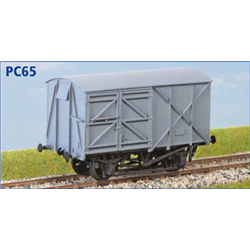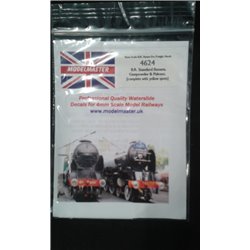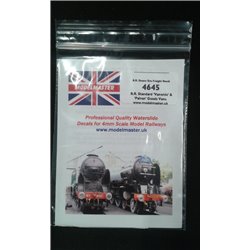If you're considering installing dropper wires to your model railway track, you may be wondering where and how to...
No products
Product successfully added to your shopping cart
There are 0 items in your cart. There is 1 item in your cart.
Search Tips
Christmas and New Year
We are dispatching orders every weekday apart from Christmas Day, Boxing Day and New Year's Day.
If you order is time critical, select next day delivery at checkout.
The shop in Sandown is closed from 25th December, reopening on 30th December.
In railways, what is a Palvan?
PalVans, or 'Pallet Vans' were introduced in the 1950s as a method of loading the increasing amounts of cargoes being transported on wooden pallets. Over 2300 were produced for service by BR.
PalVans were specifically designed so that they could be loaded from either side by forklift trucks. The large doors allowing access for forklifts were asymmetrical which sometimes meant that loads were poorly distributed, frequently at one end only. This inevitably lead to poor riding characteristics and some derailments as loads were unevenly distributed over the axels. Initially, these issues led to a reduction in speed to 35 mph but eventually led to the early removal of PalVans from service.
Most had disappeared from circulation by the mid-1960s but some were purchased for use by the Port of London Authority or by the Military, others were used as stationary storage facilities until eventual deterioration led to their scrapping.
Click here to receive the tips weekly in your mailbox. You can unsubscribe at any time.










